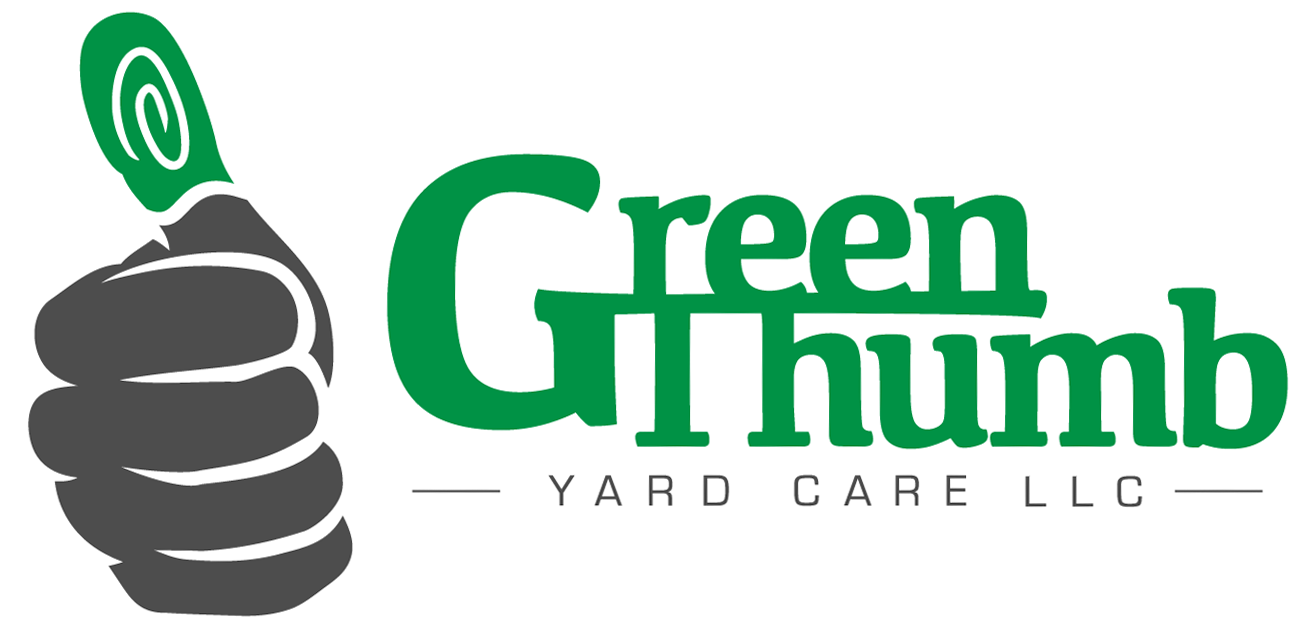Turfgrass Disease – Brown Patch
Brown patch is a turfgrass fungal disease that is pretty self explanatory. Brown patches appear in the lawn when temperatures remain 70F and higher.
What is Brown Patch?
As stated above, brown patch is a fungal disease. It affects all types of turfgrass. However, some varieties are more susceptible to the disease than others. For example, perennial rye grass will often be killed by the disease. Brown patch becomes active and noticeable when temperatures stay above 70F and conditions are moist. Therefore, brown patch is a summer time disease because nights are warm and humid.
Brown patch starts off as a few yellowing, straw colored grass blades mixed in among the normal turf. In a short amount of time, the discreet discoloration turns into noticeable brown circles, as shown in the feature photo. Circles range in size from 6″ and upward depending on the severity of the disease. In the early morning, a dark smoky ring may be noticeable around the perimeter of the ring. This is usually evident on closely mowed turf (<2.5″) and disappears as the sun dries the grass.
It used to be believed that nitrogen fertilizer exacerbated brown patch. A few new studies disprove this idea. However, there is still debate whether summer nitrogen fertilizer is a good idea in light of brown patch.
How to Identify Brown Patch
Just like any problem, early identification is key! Look for areas of the lawn that have a considerable amount of yellowing blades of grass. About 30-50% of grass blades will be yellowed and it may be in an area that is only 6″ wide. Closely inspect the grass blades for lesions. This photo taken from UMD is a good example of what a brown patch lesion looks like:
If you are not able to identify the disease in its early stages, it will become more evident as move of the grass blades yellow. Keep in mind that if you have a dog or spilled a small amount of herbicide on the lawn, you may see a similar “brown patch.” That is why it is very important to look for the lesions shown above.
What Can You or a Professional Do?
Nothing
Brown patch does not kill tall fescue crowns, so it the grass will recover. This is my least recommended option since there are pretty easy actions that you can take to combat the disease. None the less, it is worth mentioning as an option.
Cultural Practices
For all of my friends that are environmentally conscious, there are a few tools in your organic tool belt to battle brown patch.
First, examine your watering and irrigation habits. Brown patch likes moist conditions. Therefore, if you irrigate your lawn, do so in the morning. That way the grass has time to dry out in the sun.
Second, aerate and overseed with disease resistant turfgrass cultivars. Without straying too far off topic, the University of Maryland releases a publication every few years outlining the best turfgrass cultivars in our area. Buy good seeds and aerate in fall and early spring to increase disease resistance. This will also thicken your lawn!
Treatments
Your last option is chemical treatment. Let me start by saying it is our belief that chemical applications should be executed with discretion. Sometimes, the problem gets so out of hand that there are no other options.
Unfortunately brown patch is a disease that cannot be treated once the damage is done. Treatments must be made proactively to shield the turf from disease. That is why we encourage early identification and diagnosis of brown patch. Even after diagnosis, frequent applications are necessary throughout the heat of summer to keep brown patch away.
Personally, I would not recommend this option unless you have had terrible experiences with brown patch in your lawn in the past. Even then, aggressive overseeding programs with a solid turfgrass cultivar will be more cost effective, environmentally friendly, and yield better results over time.

